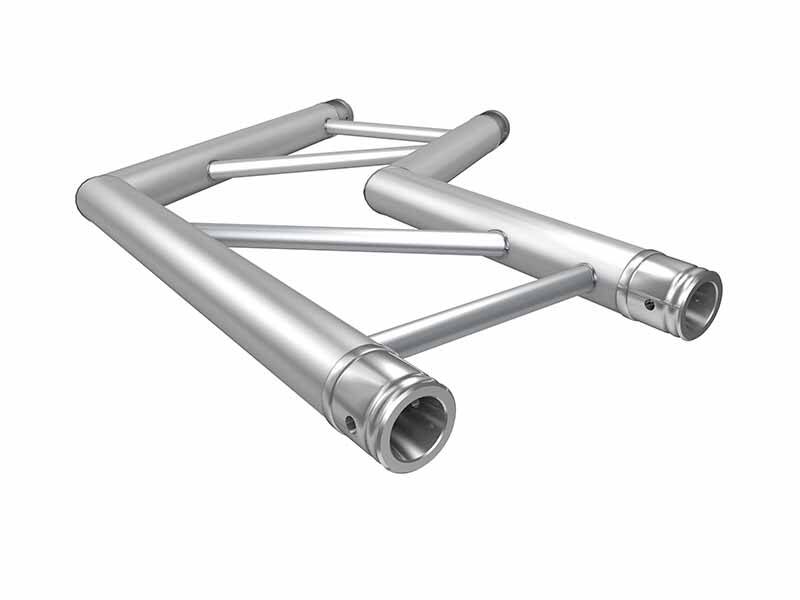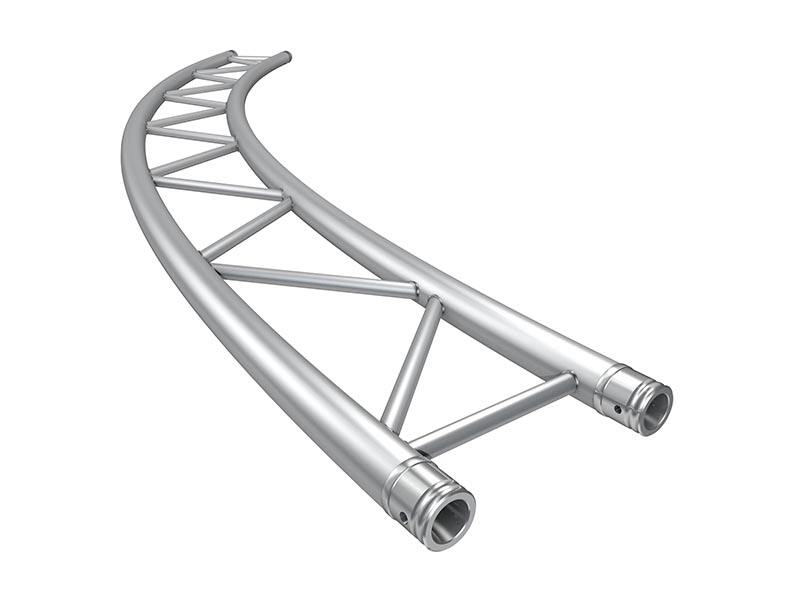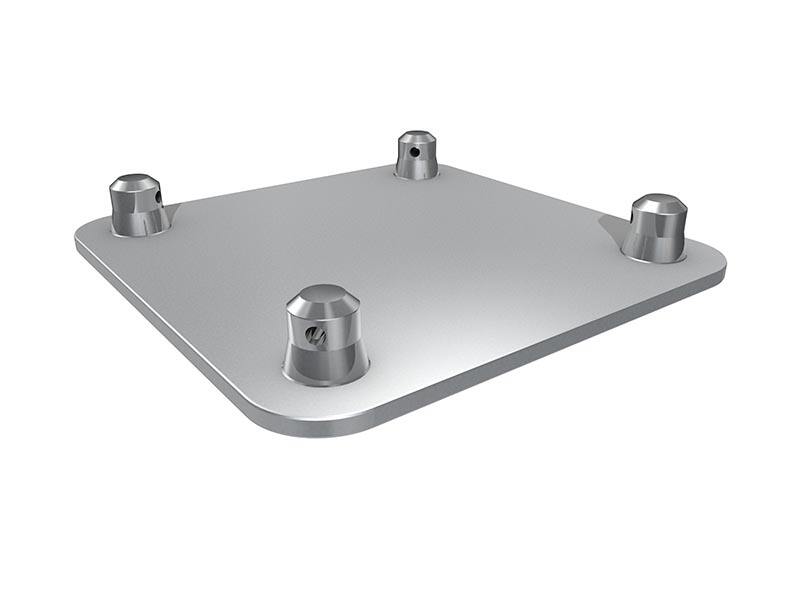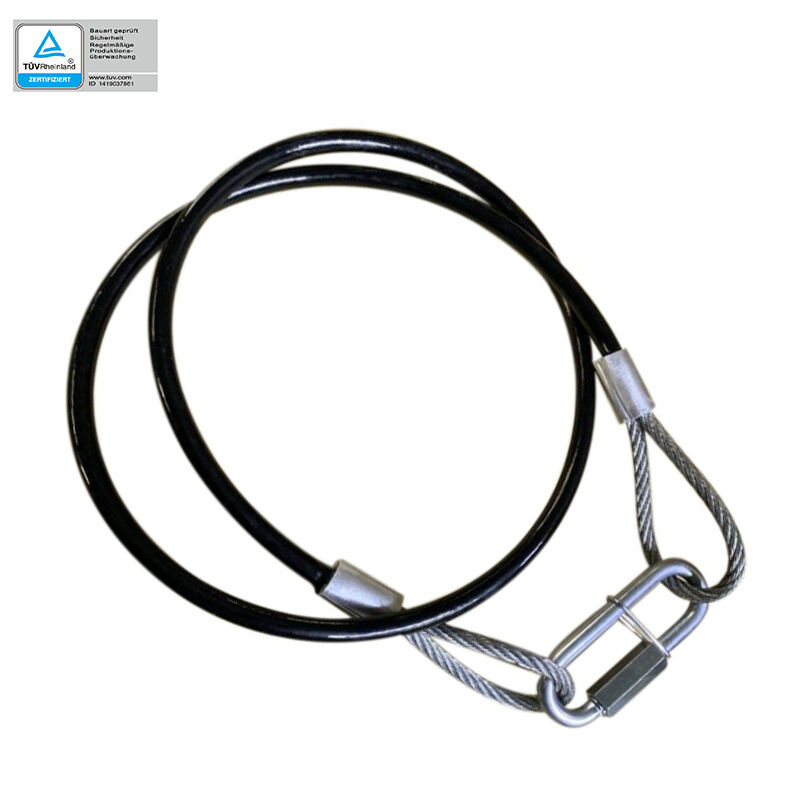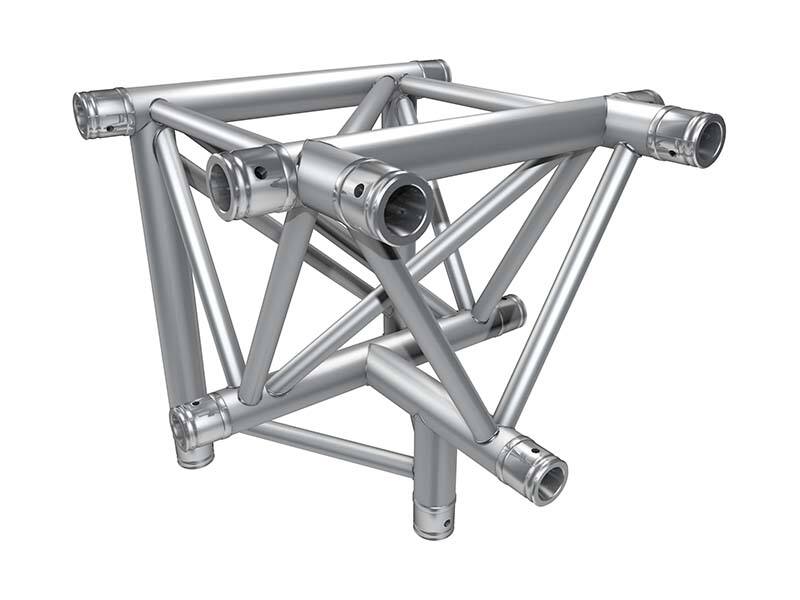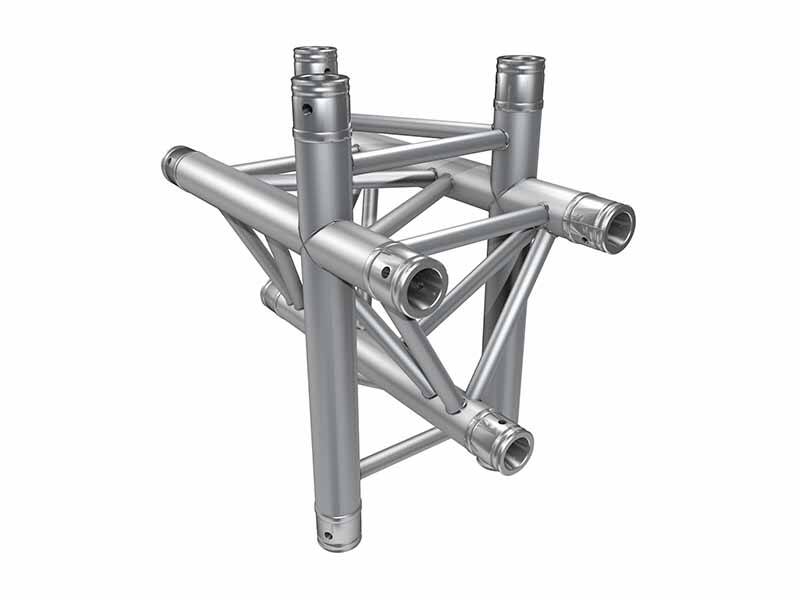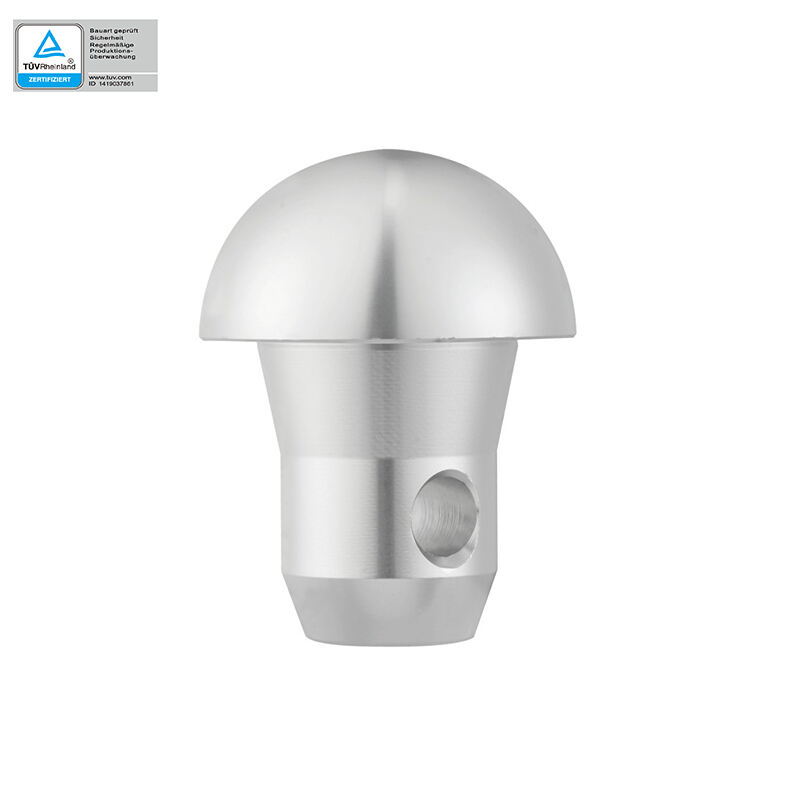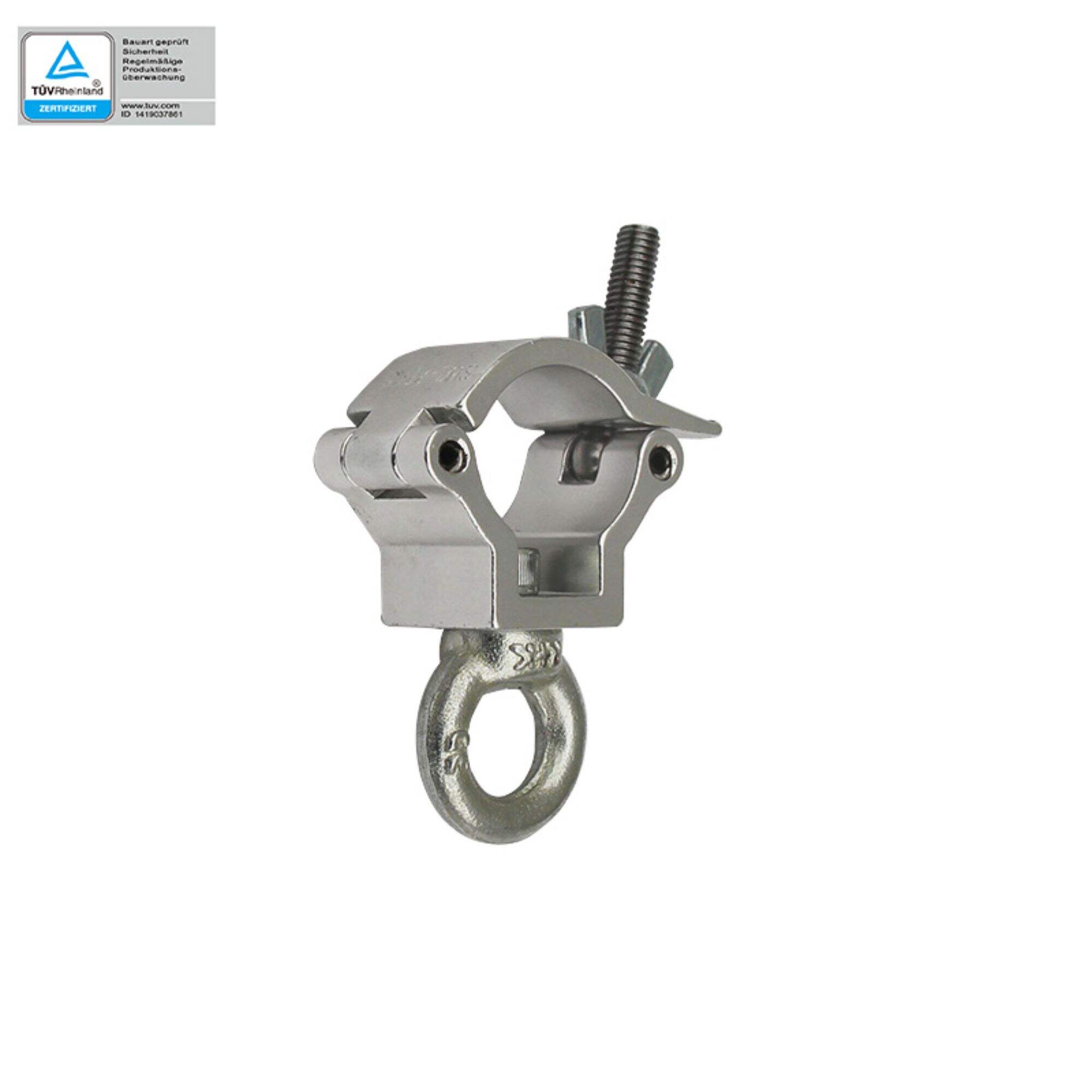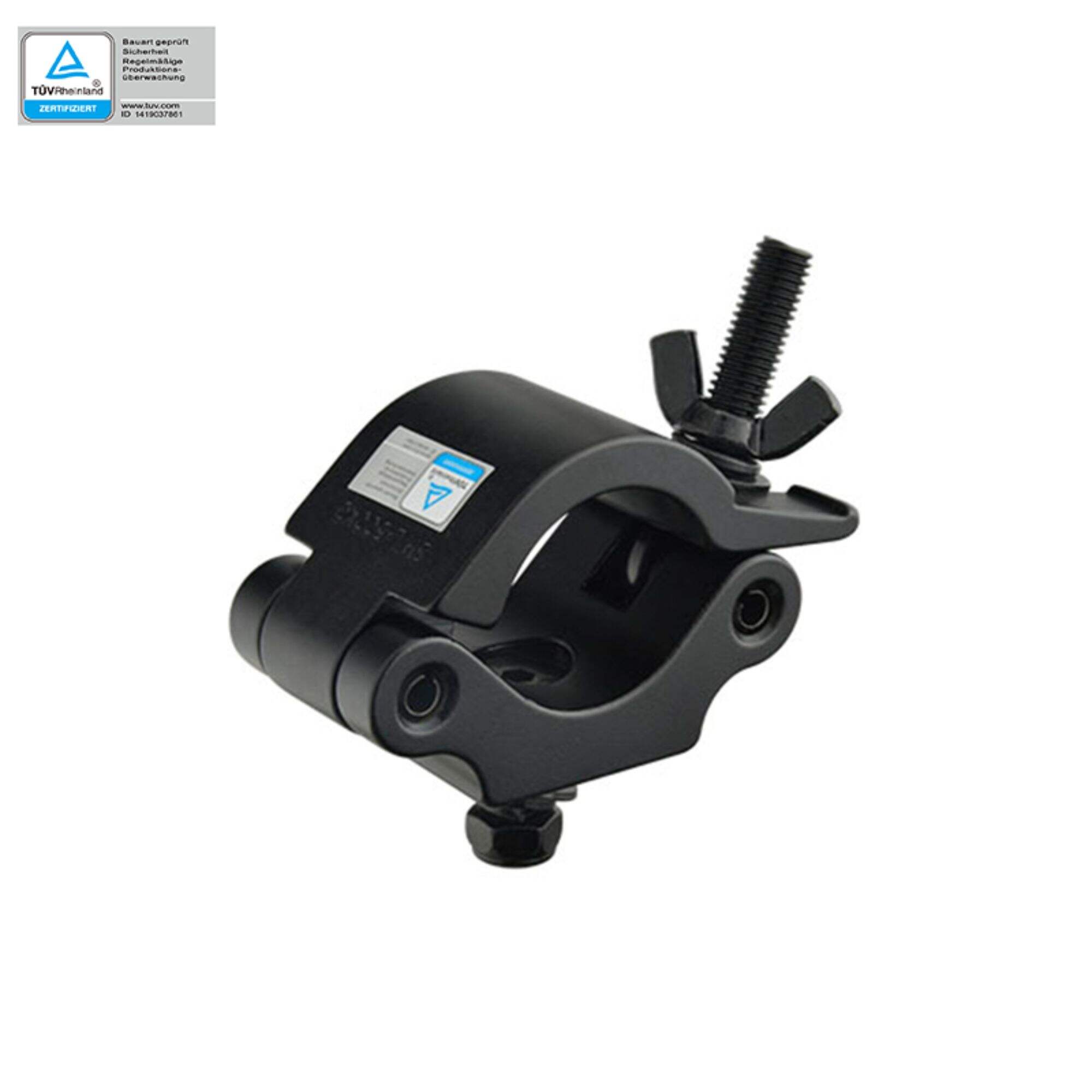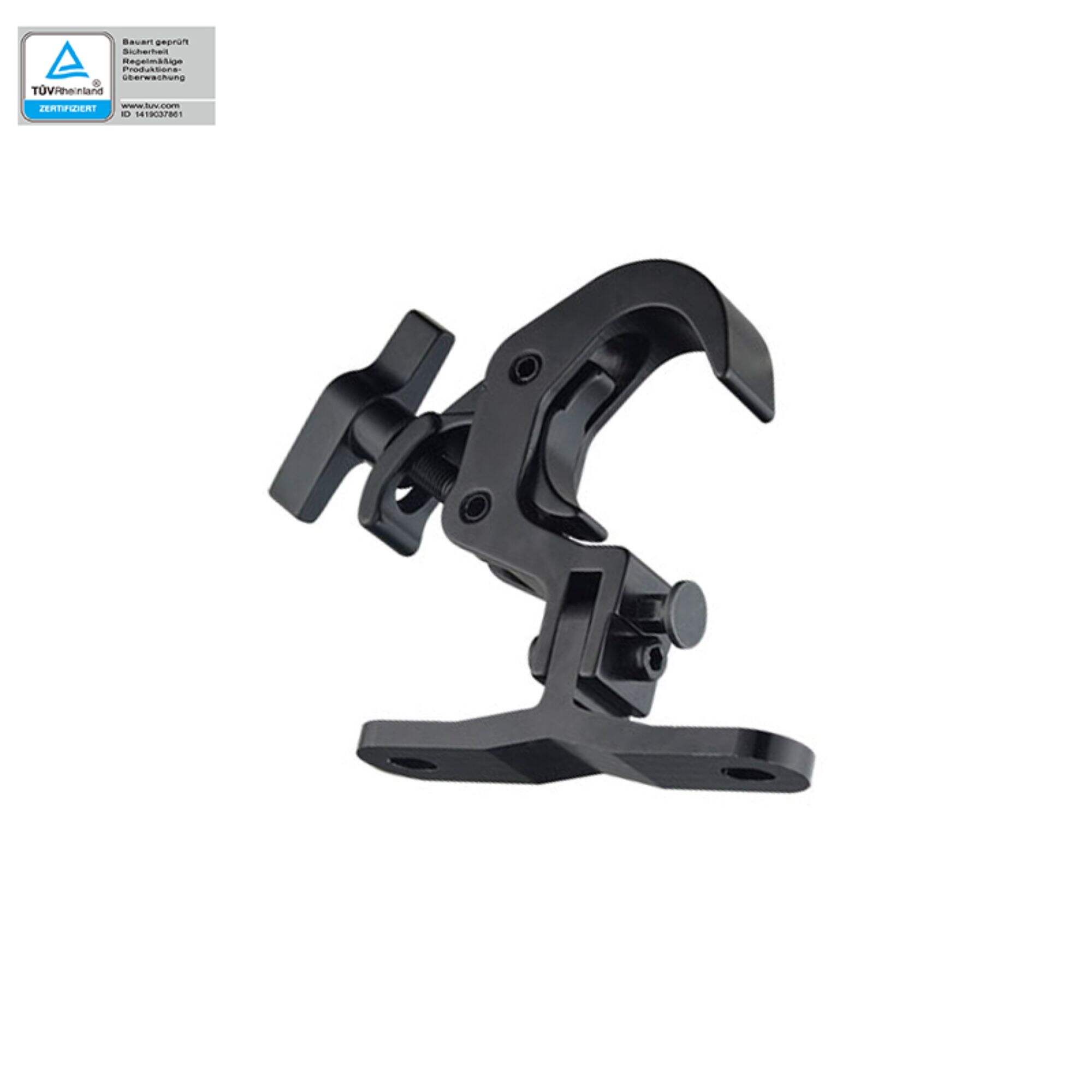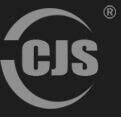Safe and Reliable Stage Truss, Changjianshun Proves It with Certifications!
Why Certification Matters in Stage Truss Safety
Stage truss systems need proper certifications to keep everyone safe and compliant with regulations. Certifications like ANSI E1.2 and ISO 9001 really matter when it comes to safety standards in the industry. ANSI E1.2 basically sets out how stage trusses should perform and what tests they need to pass, whereas ISO 9001 looks at the whole quality management side of things. When truss systems have these certifications, they can actually hold up under the weight they're supposed to carry without putting anyone at risk. Getting certified by groups such as ANSI or UL means the trusses have met pretty strict safety requirements. It's also worth noting that keeping those certifications current through regular checks and audits matters just as much. These ongoing assessments help maintain the structural integrity of truss systems throughout their lifespan, which protects not only the crew working on them but also the people watching performances below.
Getting familiar with how these certification processes work matters a lot for both those making stage trusses and the people who actually use them on site. Manufacturers who follow strict certification rules show they care about quality control and worker safety, which cuts down accidents during events. The whole process checks everything from blueprints all the way through actual setup at venues. Design specs get reviewed first, then materials are tested, and finally installers have to meet certain standards too. This kind of thorough checking helps catch problems before they become dangerous situations in front of audiences.
Types of Safety Certifications for Stage Truss
Getting familiar with the different safety certifications relevant to stage truss systems matters a lot when it comes to staying compliant and keeping everyone safe at events. The main ones worth knowing about are ANSI E1.2 standards that actually define what tests need to happen and how well these structures should perform under pressure. Then there's ISO 9001 which looks at things from a broader angle regarding quality control throughout manufacturing processes. What all this means practically is that truss systems must be built strong enough to handle whatever weight they'll encounter during live performances without failing unexpectedly. Many professionals in the event setup business have seen firsthand what happens when corners get cut on proper certification requirements.
When stage trusses get certified by groups like ANSI or UL, it basically means they've passed certain safety checks and perform according to industry standards. What these organizations actually do goes way beyond just checking boxes on a list. They run all sorts of tests in controlled environments to see how trusses hold up under different conditions. The whole point is building confidence among users who need reliable equipment for live events. Certification doesn't stop at initial approval either. Companies must renew their certifications regularly and go through audit processes every so often. This keeps things fresh because new risks emerge all the time in construction and event industries. For instance, materials might degrade differently than expected or new installation methods could create unforeseen stress points. By maintaining these ongoing evaluations, manufacturers can spot problems early before anyone gets hurt during a concert or theater production.
By adhering to these certifications, truss manufacturers and event organizers can assure clients and audiences alike that they are committed to safety and excellence. It stands as a testament to the dependability of these structures under various conditions, promoting peace of mind in dynamic and diverse event settings.
AWS-Certified Welding Standards Explained
Getting AWS certified matters a lot when it comes to welding stage trusses for events. The American Welding Society sets down clear guidelines that help welders create stronger, better quality joints which keeps the whole structure from collapsing. Industry data shows that places following AWS standards see fewer problems with their truss systems over time. Real world experience backs this up too many contractors report far fewer incidents after their teams get properly trained. At the end of the day, good welding isn't just about meeting specs it's what actually holds everything together safely during those big concerts and shows.
Welders who hold proper certifications play a vital role in engineering projects, making sure safety standards and quality control get attention at all stages from truss planning to actual construction work. These skilled workers know how to create welds that stand up to stress tests while maintaining uniformity across joints, which helps avoid those nasty surprise failures nobody wants to deal with. When structures have welds done by people certified through organizations like AWS, it means better structural integrity for buildings and bridges alike. This kind of professional oversight cuts down on accident risks significantly, especially important when considering large public events held in venues supported by these very structures we're talking about.
With certified welding practices, stage trusses are more reliable, offering peace of mind for event planners and venue operators. Beyond just passing initial quality checks, certified welding stands as a continuous commitment to excellence, setting a high standard in stage construction safety.
Aluminum Truss Engineering for Maximum Reliability
Benefits of High-Grade Aluminum Alloys
When building reliable stage trusses, most professionals turn to high grade aluminum alloys like 6061-T6 and 6082 because of their impressive strength to weight ratio. These particular metals have become favorites across the industry thanks to how strong they are for supporting heavy equipment yet still light enough to transport without breaking a sweat during setup. The advantages don't stop there either. Aluminum truss systems tend to last longer than other options since they resist rust naturally and hardly need any maintenance throughout their lifespan. This means fewer parts getting replaced or fixed down the road. Research comparing different materials shows aluminum consistently beats out competitors both in terms of how long they hold up and what they cost over years of use. Most importantly, there are strict industry guidelines governing what kind of alloys can be used in these structures. These rules exist specifically to keep everyone safe and make sure performances happen without any structural failures.
Preventing Structural Failure Through Material Science
The field of material science has become essential for stopping structural problems in aluminum trusses. Today's engineers build in extra safety margins during their designs, something that really matters when it comes to keeping truss structures intact. With modern computer models and simulation tools, professionals can actually see what happens to a truss when different forces are applied, so they make necessary changes long before anything gets built on site. This kind of forward thinking makes buildings safer overall and cuts down on potential collapse risks. Look at the real world examples from top companies in the industry who've used clever engineering tricks to cut down on dangers, making sure stages stay stable even under heavy loads. What works well typically involves lots of testing, going over results carefully, and learning from past mistakes too. That constant cycle of improvement keeps happening because nobody wants another disaster waiting to happen somewhere out there.
Critical Safety Components in Modern Truss Systems
Proper Use of Safety Cables & Load Ratings
Safety cables play a key role in keeping trusses secure and act as an important backup system against falls or structural problems. The main job these cables do is keep everything safe by following manufacturer load ratings closely. Getting this right matters because safety cables actually take over when there are sudden movements or parts come loose from the truss structure. Choosing the right safety cable depends heavily on what kind of loads the truss will carry. Specifications should match up with guidelines from recognized safety groups to make sure things stay put. Looking at actual accident reports shows just how effective properly installed safety cables can be at preventing disasters, which is why sticking to those load rating requirements remains so critical across construction sites everywhere.
Securing Lighting Clamps & Base Plate Configurations
Getting lighting clamps installed right means following some basic rules like checking torque specs and making sure those locking mechanisms are properly engaged. When these components aren't secured correctly, whole truss systems become unstable, which obviously causes problems when lights start moving around mid-show. The base plates matter too since they spread out weight across the structure and stop things from tipping over when stress builds up. Following safety code requirements when setting up truss systems isn't just good practice it's essential for accident prevention. Industry standards exist for a reason after all. We've seen plenty of instances where shortcuts with lighting attachments or poorly configured base plates resulted in total system failure. Regular checks and proper setup aren't optional they're absolutely necessary if anyone wants to avoid expensive repairs or worse.
Rigorous Testing Protocols Behind Certified Truss
Static vs Dynamic Load Testing Methods
Knowing when to use static versus dynamic load testing makes all the difference when checking how well trusses actually work. With static testing, engineers apply steady weight to see if the truss can handle normal day-to-day stress without failing. Dynamic testing works differently though it puts changing weights on the structure just like what happens during storms or equipment vibrations. Most reputable testing labs stick closely to established guidelines to keep things safe, following rules set out by groups like ANSI with their E1.2 standard for structural checks. Take steel bridges for instance static tests tell us what maximum weight they can hold safely, whereas dynamic ones show how they react when forces change over time. Both approaches help confirm whether trusses will stand up to whatever comes their way in real world applications where safety matters most.
Interpreting Manufacturer Load Tables Correctly
Getting the hang of reading those manufacturer load tables right is really important if we want our trusses to work safely. The tables basically tell us stuff like what the max load capacity is, how long the spans can be, and what kind of materials were used. All this info helps figure out exactly where and how a truss should go without risking anything bad happening. People working with trusses need to get their heads around these numbers because things like the actual weight of aluminum parts and how far apart supports are placed matter a lot. When folks mess up on reading these tables, they tend to think the truss can handle more than it actually can, and that leads to all sorts of dangerous scenarios. We've seen cases where workers ignored safety cables altogether or put lights in spots that just weren't supported properly. These kinds of mistakes create serious risks for everyone involved, so taking time to properly read and follow those manufacturer specs isn't just good practice—it's absolutely necessary for keeping everyone safe on site.
Recommended Products
Hot News
-
The Application Scenarios Of Lighting Hooks And Trusses
2023-12-14
-
Market Analysis Of Lighting Hooks And Trusses
2023-12-14
-
The Essence Of Lighting Hooks And Trusses
2023-12-14
-
An In-Depth Look At Lamp Hooks And Truss Products
2023-12-14
-
Light Hooks And Truss Products: A Niche But Vital Industry
2023-12-14

 EN
EN
 AR
AR
 BG
BG
 HR
HR
 CS
CS
 DA
DA
 NL
NL
 FI
FI
 FR
FR
 DE
DE
 EL
EL
 HI
HI
 IT
IT
 JA
JA
 KO
KO
 NO
NO
 PL
PL
 PT
PT
 RO
RO
 RU
RU
 ES
ES
 SV
SV
 TL
TL
 ID
ID
 LT
LT
 SK
SK
 UK
UK
 VI
VI
 SQ
SQ
 GL
GL
 HU
HU
 TH
TH
 TR
TR
 FA
FA
 MS
MS
 GA
GA
 IS
IS
 MK
MK
 EU
EU
 KA
KA
